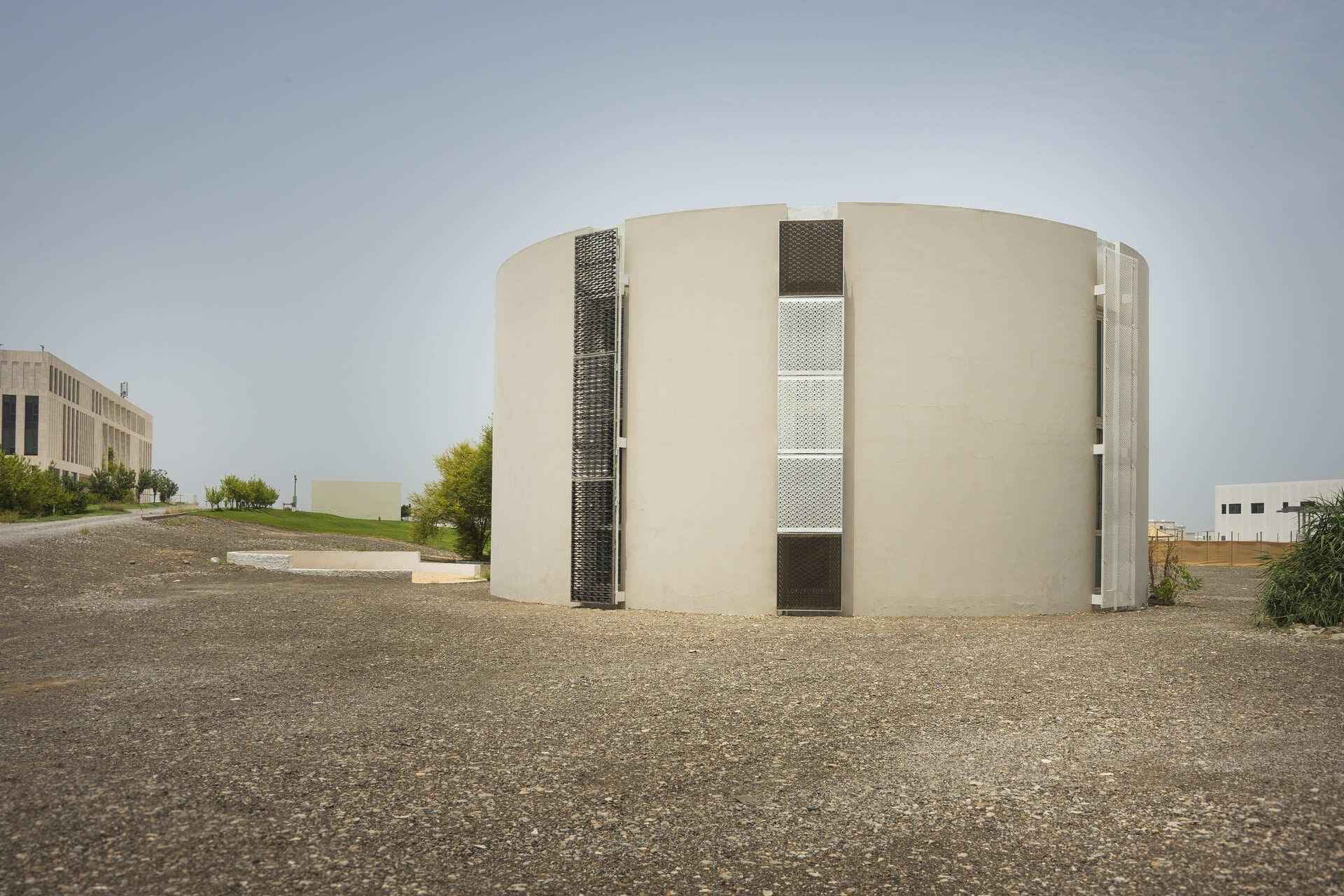
Orbital lunar power plant
Solar power plants above the atmosphere have long been discussed by scientists as a way to achieve energy transition and limit global warming. There is plenty of space, and the sun is always shining. The problem is getting the electricity to the ground, which would require microwaves to beam down to giant rectifier antennas. There are many futuristic ideas, but no reliable cost-benefit calculations have been made yet. That is why new-space-smart3 has started to think about this technology for the Earth's moon.
The scenario
Testing a lunar power plant to ensure a stable power supply for future lunar missions. This experiment would have to be integrated into long-term planned research scenarios. It is explicitly intended that the results of this experiment can be transferred to the Earth's power supply.
But first, this current satellite must be brought close to the Moon, which is a considerable challenge. The so-called Lagrange point L1 is a stable location. It is located on the straight line between the Earth and the Moon, about one-seventh of the distance between the two celestial bodies from the target point, or 56,000 kilometers above the lunar surface (58,000 km from the center of mass). For comparison, the geostationary orbit of a satellite is about 36,000 kilometers above the Earth's equator. The lunar-stationary satellite, on the other hand, would rotate in this orbit at the same angular velocity as the Moon around its axis. One revolution takes 27.2 Earth days. Because it orbits the Earth once at a time, we only ever see the front side of the Moon. The satellite needs no propulsion to do this. Since it is always stationary over the coordinates of the Lunar Station, the power beamed down to the rectifier antenna could feed a lunar grid. Mobile rectifier antennas are also conceivable, whereby there is no danger to humans in this electric field. The orientation of the parabolic dish on the satellite side must be precisely adjusted, which also requires power in the satellite.

© merlin
smart3's particular expertise lies in unpacking the PV modules, which are densely stacked inside the launch vehicle, into a large solar sail in orbit. Thermal shape memory alloys (SMA) are predestined for this task because they can withstand the unique forces required in weightlessness and their working range is adjustable between -200°C and +100°C. This class of materials has a proven track record in space applications, such as super-elastic treads on the wheels of lunar and Martian vehicles. In this application, solid state hinges made of SMA allow 180° bending.
Why are round solar panels easy to unpack?
So-called silicon ingots for PV wafers are produced cylindrically using the zone-melting process, currently with a maximum diameter of 450 mm (18") and a length of 600 mm. Such waste-free wafers appear to be useful for this particular PV application. Ideally, the solar-generated current can also be conducted in series via the SMA solid-state interconnects. For the geometry of the solar sail, the so-called dense circular packing is suitable. To create this geometry after positioning in orbit, the PV module stack must unfold automatically.

Deployment diagram of a solar array with 19 PV cells in dense circular packing

Prototyp of a round PV module

diameter approx. 200 m
For wireless power transfer to the desired location on the lunar surface, a microwave link must be established and maintained. An essential prerequisite for this is a stationary lunar satellite, similar to the geostationary satellites on Earth, which already exists in the form of the Chinese relay satellite (Queqiao) on the far side of the Moon at Lagrange point L2 Part of the power generated will also be used to stabilize the position of the lunar power plant, both in relation to the Sun and to the rectifier antenna on the lunar surface. A series of PV sails, e.g. with a total power of 40 kW, seems necessary, but certainly feasible.
Frithjof Meinel
- Professorship Industrial Design
- Constructor and designer, PENTACON Kamerawerke, Dresden
- Studied electrical engineering and precision engineering, TU Dresden
- Apprenticeship as a lathe operator
Exemplary dimensioning of a lunar stationary solar power plant
Editorial team







